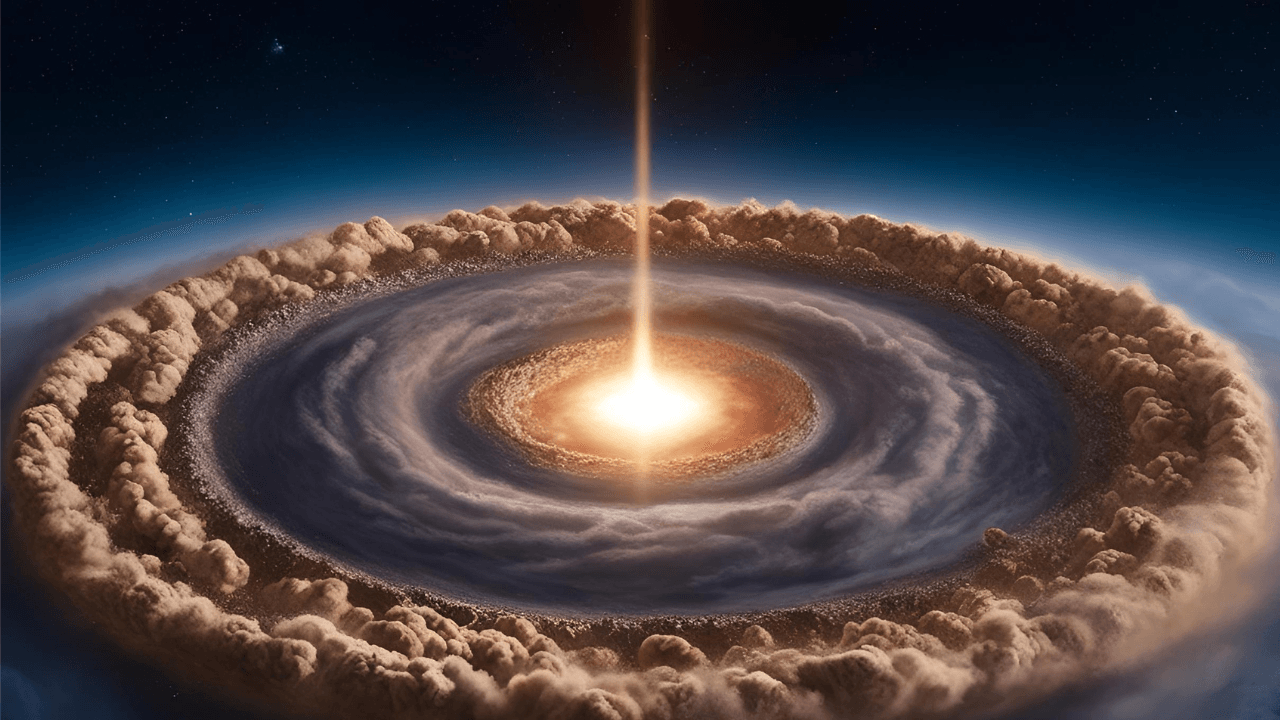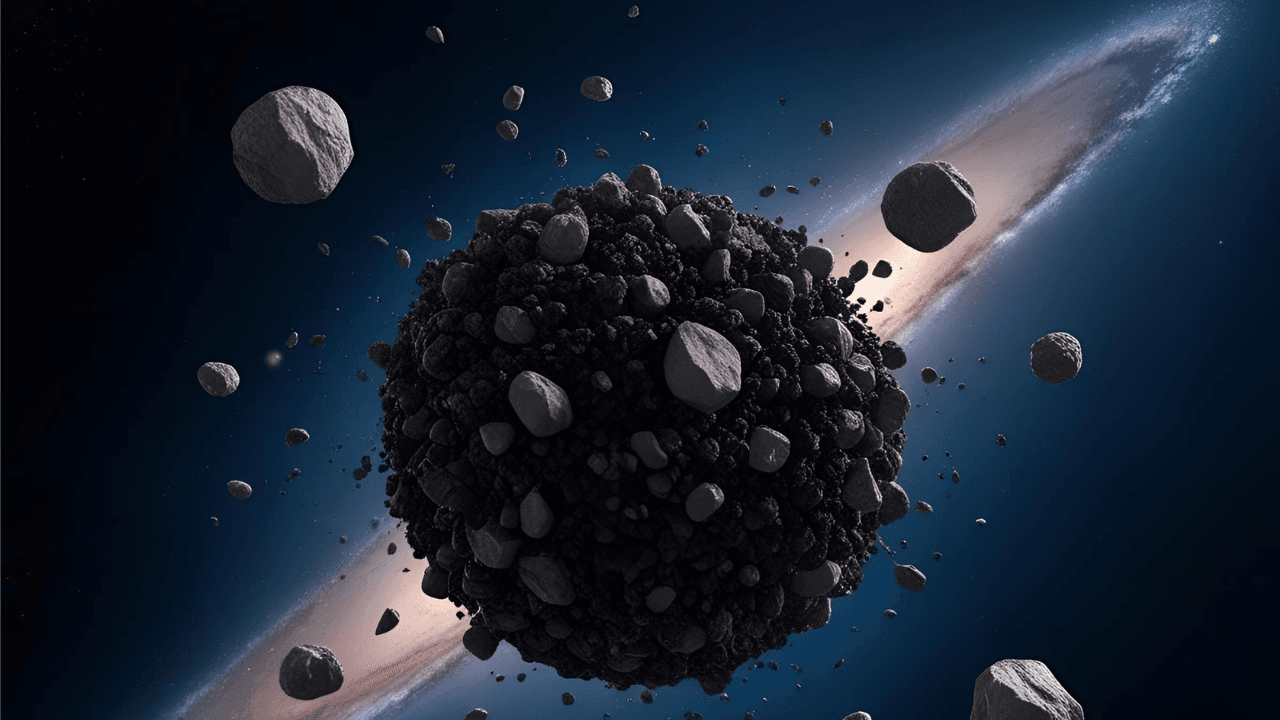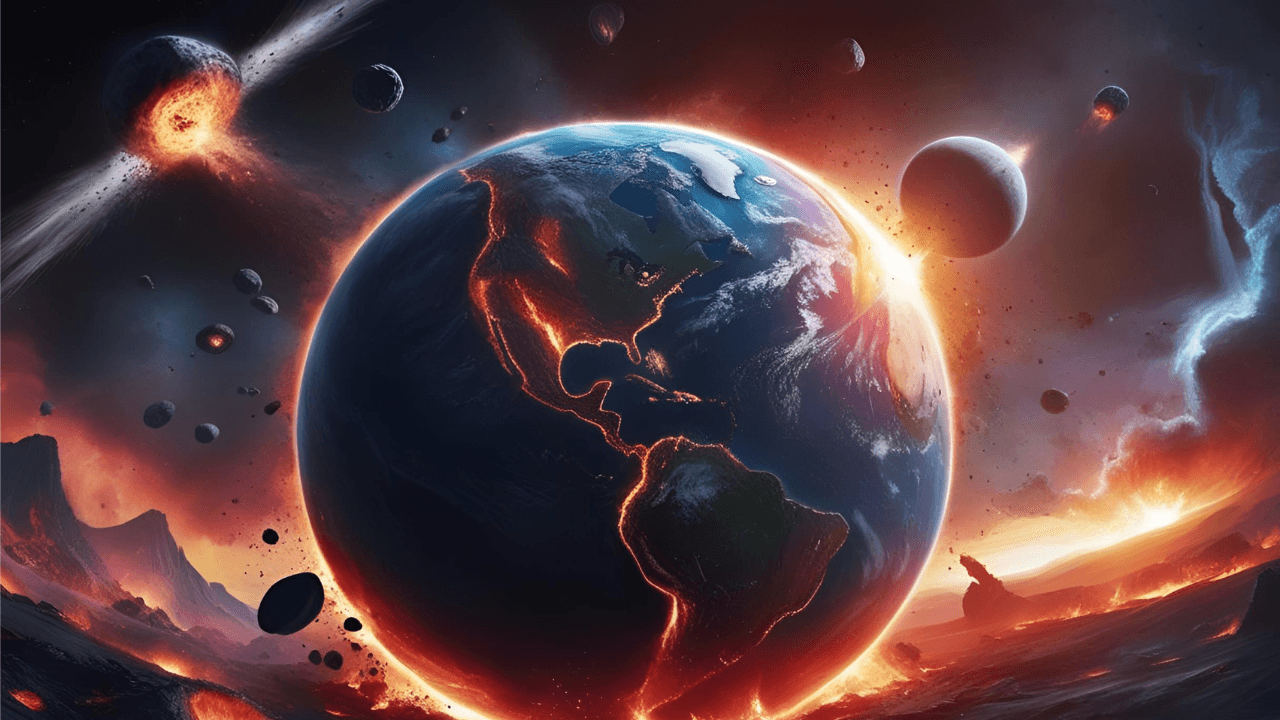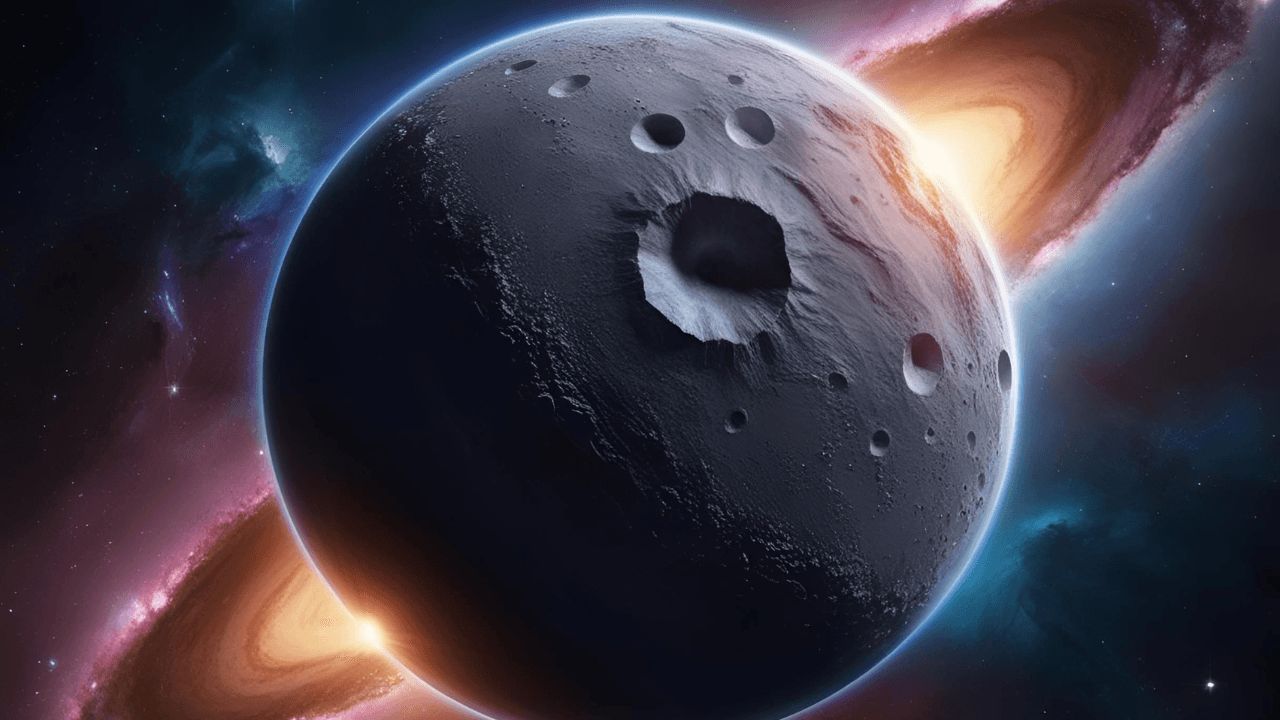Can you imagine this earth on which all of us humans were born? This earth, which is home to countless types of organisms, was a boiling ball of lava 400 crore years ago. A ball on which there was no name or trace of life. In such a situation, it is obvious that the question arises: how did this ball of lava turn into our present earth? Where did all this water come from? How did our moon form?
The Cosmic Beginning: Before Our Solar System

This question is about 4.6 billion years ago, that is, 460 crore years ago. our solar system did not exist instead, there was only darkness, deep, calm and empty space. in this space, a cloud full of dust and gas was moving. we call this cloud
Many types of gases were present in it, but mostly hydrogen and helium were found in the highest quantity. This cloud was moving peacefully in the darkness of space for millions of years when suddenly one day a big explosion occurred.
Not the Big Bang, But a Supernova
No, I am not talking about the Big Bang. I am talking about Super Nova. This explosion does not happen inside this cloud but right next to it. A dying star present near it explodes. We call this explosion a supernova.
The shock waves of this explosion fall on our solar nebula, and due to this, gravitational instability occurs. In some areas of this cloud, the gas and dust start compressing. Slowly, this whole nebula starts shrinking inwards.
Birth of a Star and the Solar Disk
In this animation shown on the screen, you can see how this disc would look. Because this disc is flat. This also helps us understand why our solar system is a flat solar system. I talked about this in Voyager .
It is not that the orbit of any planet is much higher or lower than the other. Now in the middle of this protoplanetary disk, both pressure and temperature keep increasing, due to which a protostar is born.
The Fusion Reaction and Birth of the Sun

Fusion reaction of a protostar or hydrogen gas, which takes place at about 15 million degrees Celsius. In this reaction, hydrogen turns into helium. Due to this fusion reaction, our sun is born. And this is the reaction that is happening today.
The actual reaction is a little complex in detail, but broadly this is what is happening: hydrogen is changing into helium. At that time, 4.6 billion years ago, most of the gas and dust of our solar nebula was going and collecting in the sun. This is the reason that even today, almost 99.8% of the total mass of our entire solar system is present only in the sun. And the remaining 0.2% has not gone to waste.
The 0.2% That Created Everything Else
From that 0.2%, eight planets, hundreds of moons, thousands of comets, and lakhs of asteroids are formed in our solar system. But the question is, how did these planets start forming? This thing is also very interesting. Those rotating protoplanets
started colliding with each other and started sticking to each other. This started happening due to static or chemical bonding forces, and initially small clumps started forming from it. After millions of years, the clusters gradually started growing bigger when more dust
Planetesimals and Proto Planets

We call these things planetesimals, that is, very small, tiny versions of planets. When these planetesimals started accreting due to the effect of gravity and became almost as big as our moon in size and mass, we started calling them protoplanets.
This entire process of coming together is called accretion. See the definition of accretion in the field of astronomy. The coming together and cohesion of matter under the influence of gravitation to form larger bodies. Larger bodies are formed by the accumulation of materials.
The Accretion Theory by Victor Safranov
This process of accretion was first presented to the world by Soviet Union astronomer Victor Safronov in the year 1969. But initially, no one took him seriously. It was only in 1984 that Safranov’s work began to be studied and his ideas were realized.
Today, a process called accretion, a process scientists have seen happen repeatedly across the universe through telescopes. One thing astronomers have seen happen in other solar flares is that dust particles are rapidly accreted.
Meteorites: Time Capsules of the Solar System

Because this was seen in different stages, scientists can now safely say that millions of years later, these tiny particles keep getting bigger and bigger and eventually become planets. Another piece of evidence of this process is the meteorite.
Little pieces of dust and rock left over from the time before planets formed. They contain radioactive elements like uranium and hafnium, which help scientists figure out their age. By the way, from those simulations we can estimate that it must have taken tens of millions of years for these protoplanets to form.
The Birth of Earth Through Violent Collisions

Now if we talk about our earth, then these small protoplanets and planetesimals often used to collide with each other. And these collisions were not small. A lot of energy was released. As these protoplanets kept on colliding with each other, their size kept on increasing. Due to gravity, over time they started taking the shape of a sphere, a spherical shape. And after some such collisions, our earth was born.
The Hadean Eon: Earth’s Violent Youth
This was the time when there was constant bombardment; small protoplanets would come and strike our earth, and sometimes planetesimals would strike. We call this time the Hadean Aun; the word Aun actually means a very indefinitely long time.
And the name Hadean is the Greek god of the underworld.
